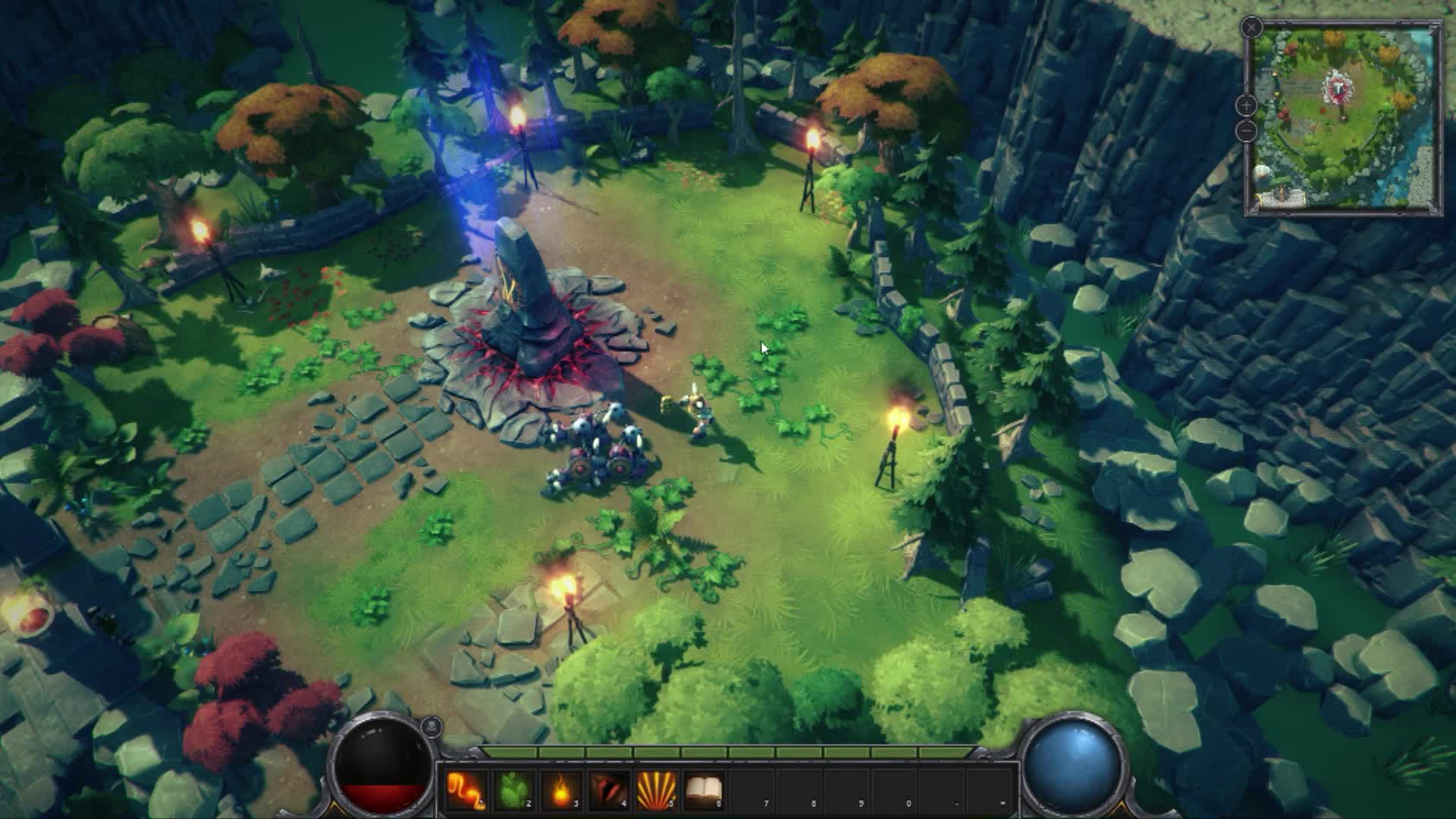

It was later refined by Shakespeare before being embraced by the Romantic Poets of the 18 th century. Some even say that the entire modern notion of romantic love was a whim pioneered by the French Troubadours and Andalusian court poets of the High Middle Ages. You probably have heard that in the past, most marriages were simply business arrangements between families, and only the poorest people married for love. I think McCartney sold his artistic soul down the river here.When you hear the word ‘Vikings,' an image of hopeless romantics is probably not the first thing that springs to mind. It does seem a bit of a slap in the face for all those who have done wonderful cover versions of his nothing song, presumably because of its melody and lyrics, not its riff. He has always seemed uncomfortable performing the song…next we’ll be hearing Harrison wrote the whole thing. Whether McCartney is bowing to pressure from the underrated George deserves writing credit for XY & Z brigade or whether it lets him off the hook for writing it about Jane Asher, who knows. Yet in a recent interview he said the song wasn’t anything without George’s riff and that George Martin was looking for an intro – no mention of a middle eight. Here he says it’s the first ballad he impressed himself with while John regarded it as Paul’s first Yesterday. What’s more strange is Paul’s attitude to the song. That’s how it was probably perceived at the time of recording but none of us were there in the studio so its anyone’s guess how it unfolded. From the first time I heard the song the riff never seemed that removed from the chord structure of the melody itself. George’s riff may be iconic but it seems no big thing to me. It was very satisfying to make that record and to have written that song for Jane.

We were saying to people, ‘We’re a little bit more musical than the average bear.’ And then, of course, the song – which is now in F major, or arguably D minor – eventually finishes on that bright D major chord, a lovely, pleasing resolution. In the case of this song, the two Georges – George Harrison with the intro and then George Martin on the key change into the solo – gave it a bit more musical strength. And this sort of help is what started to make The Beatles’ stuff better than that of other songwriters. I think George Martin’s classical training told him that that would be a really interesting change. Again they were unhappy with the results, however, and it was re-recorded on 27 February in just two takes.Īnother thing worth recalling is that George Martin was inspired to add a chord modulation in the solo of the song, a key change that he knew would be musically very satisfying we shifted the chord progression to start with G minor instead of F-sharp minor – so, up a semitone. They returned to it the next day, recording 16 takes and changing the song’s arrangement as they went along. The second take was later released on Anthology 1.
#AND I LOVE HER BY MIGHTY VIKINGS 45RPM FULL#
They recorded two takes that day, with a full electric line-up, but it was evidently not the sound they were after. The Beatles began recording ‘And I Love Her’ on 25 February 1964. The session took place at Broadcasting House in London, and was first broadcast two days later. On 14 July 1964 they played it for the BBC’s Top Gear radio show. The group played it during the ‘studio performance’ sequence, which was filmed on 31 March 1964 at the Scala Theatre, London.Īlthough it became one of The Beatles’ most admired recordings following its release, the group only performed ‘And I Love Her’ once outside Abbey Road. ‘And I Love Her’ was one of the songs featured in The Beatles first film, A Hard Day’s Night. Paul McCartney Many Years From Now, Barry Miles


 0 kommentar(er)
0 kommentar(er)
